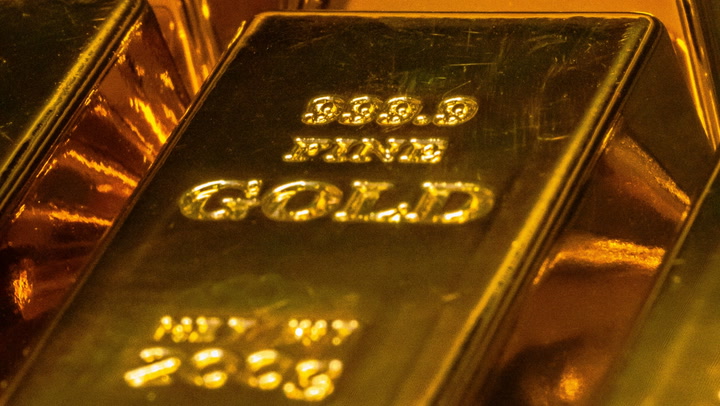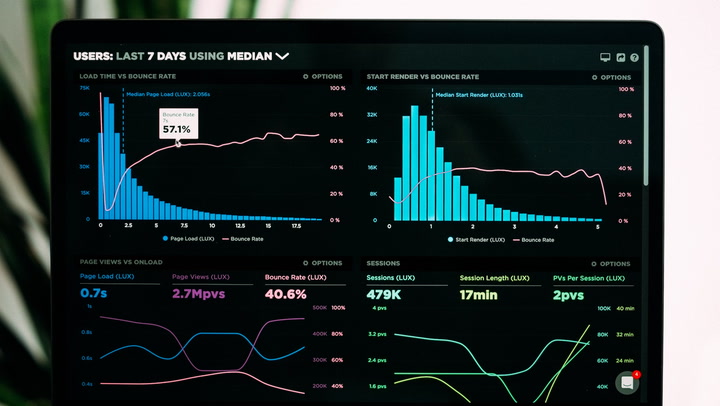Bitcoin (BTC) jumped above the $79,000 mark for the first time in history in an unusual weekend pump that liquidated $280 million in bearish crypto trades.
BTC rose 4%, extending 7-day gains to over 16% on the back of a week that saw Republican Donald Trump elected the U.S. president and Federal Reserve cutting rates by 25 basis points — with both events considered widely bullish among traders.

Unmute

01:01Bitcoin Breaks $64K While Gold Soars

00:56ETH/BTC Ratio Slid to Lowest Since April 2021

00:57Is Bitcoin Losing Its Bullish Momentum?
Weekend pumps are generally considered bullish in the crypto market, as trading volumes typically decrease over the weekend when many institutional investors and professional traders are less active. Lower liquidity can lead to more volatile price movements, whereas even smaller trades can cause significant price changes.
However, a significant price increase over Saturday and Sunday might suggest that retail investors are driving market activity. This is a bullish sign because it indicates broad interest and participation from smaller investors rather than just institutional players.
Profit-taking among bitcoin traders remains tiny compared to previous euphoric periods, suggesting the current rally still has plenty of room to run, a CoinDesk analysis shows.
Meanwhile, bearish crypto bets took on over $280 million in losses — an unusually high figure for the weekend — with $103 million in bitcoin shorts and $70 million in ether short bets liquidated. Shorts are bets against higher prices.
DOGE and Solana’s SOL saw over $25 million in liquidated traders, suggesting increased futures participation in tokens outside of BTC and ETH.
A liquidation occurs when an exchange forcefully closes a trader’s leveraged position due to the trader’s inability to meet the margin requirements. Large-scale liquidations can indicate market extremes, like panic selling or buying. A cascade of liquidations might suggest a market turning point, where a price reversal could be imminent due to an overreaction in market sentiment.






